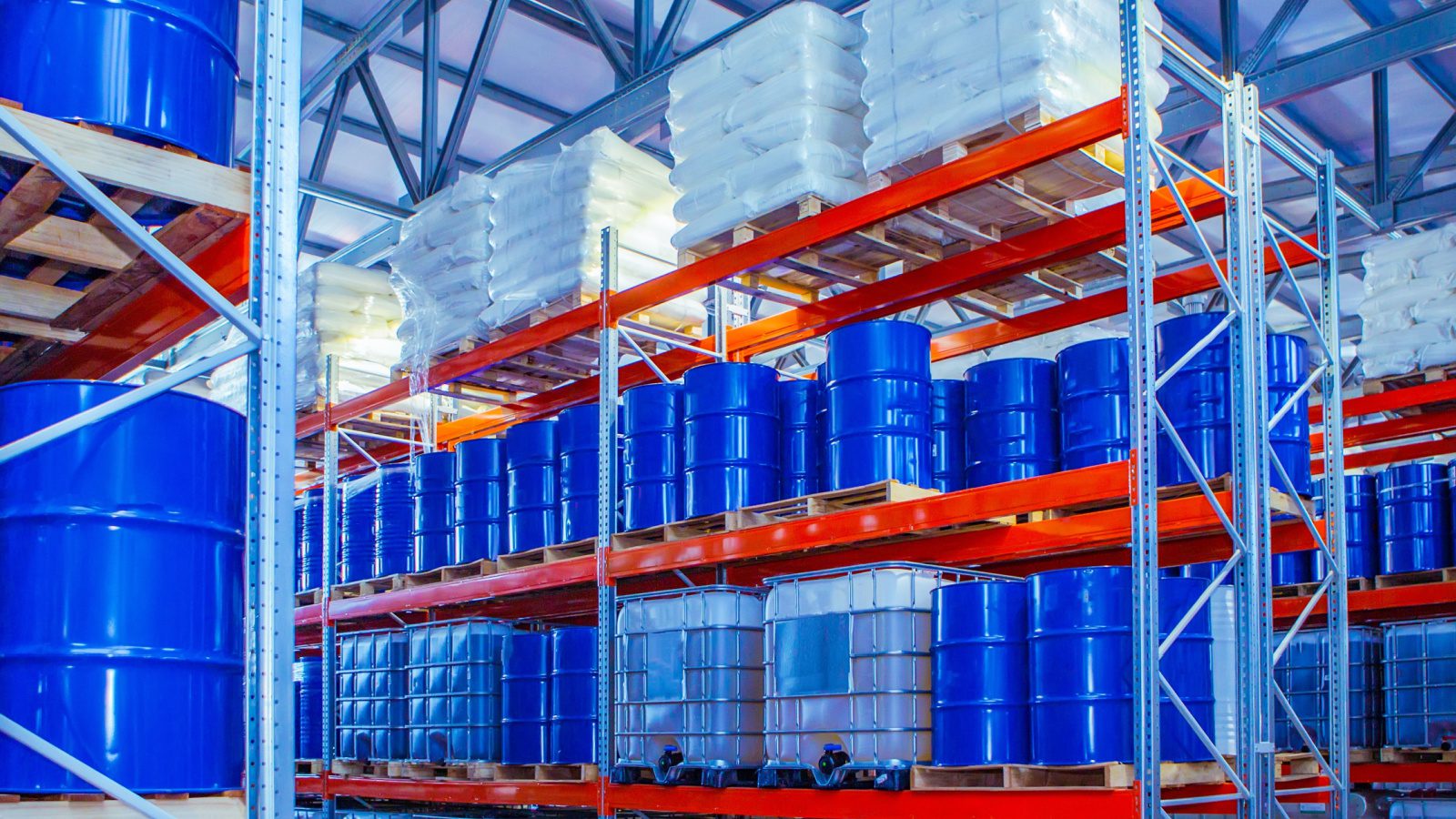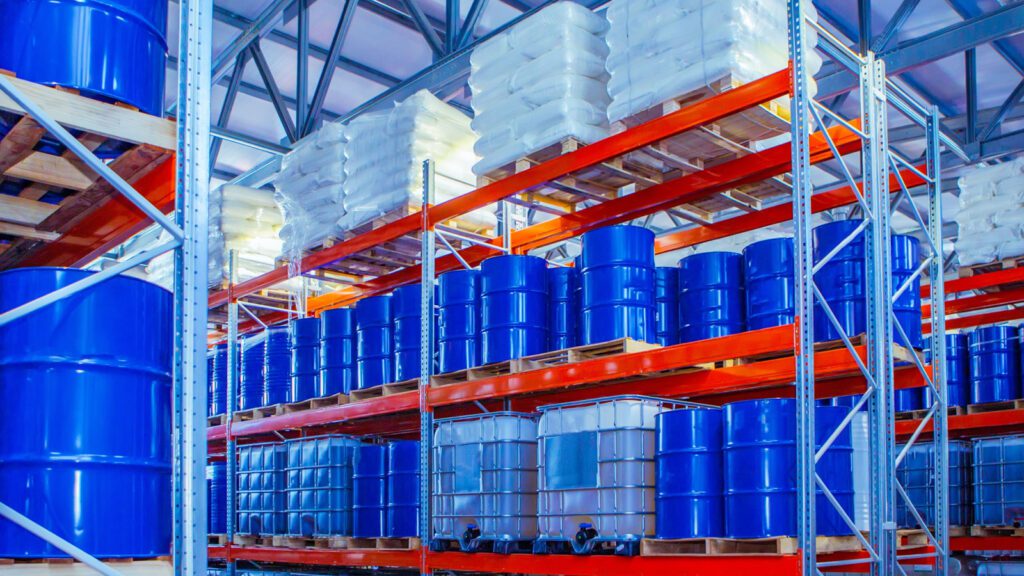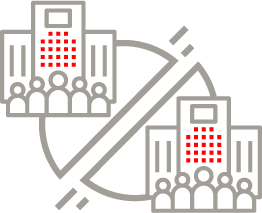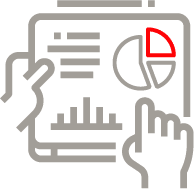EU’s Chemicals Industry: Benefits and Risks Posed by the UPC

UPC territories cover over 80% of revenue in the EU’s chemicals industry.
Introduction
Europe’s chemicals industry is one of the cornerstones of the global economy, with production spread across the entire continent.
The scope of the chemicals industry is broad, including the production of high-value substances such as: pharmaceutical synthesis; large-scale production of key chemicals such as fertilizers; and the processing of raw hydrocarbons into essential materials such as plastics.
With many international companies at play in a continent-wide industry, the recent introduction of the Unified Patent Court (UPC) could present an opportunity for companies to easily protect their IP across the territories that they need.
The Unitary Patent (UP) is based on the European Patent (EP) granted by the European Patent Office under the rules of the European Patent Convention, it adopts the same pre-grant phase and the same standards for examination as a regular EP.
After an EP is granted, the patent proprietor can request unitary effect, thereby obtaining the new EP with unitary effect, making it a UP.
The UPC is an international court common to the EU member states in which the Agreement on a Unified Patent Court (UPCA) has been ratified.
About the UPC
As of September 2023, there are seventeen countries that have ratified the UPCA and another seven that have signed but not yet ratified. This means that an in-force UP will be active in these seventeen countries, which includes economic powerhouses like Germany, France, and Italy.
The only EU countries that have not signed are Spain, Poland, and Croatia.
This means that for a large company producing chemicals across multiple countries in these territories, the UPC could be a valuable path to protecting their IP.
However, there are also potential risks to these multinational companies introduced with the UPC.
It could empower Non-Practicing Entities (NPEs) to become more active in these territories, as the market currently covered by the UPC is of a comparable size to that of the USA, with GDPs of US$13.0 Trillion and US$26.2 Trillion respectively (IMF World Economic Outlook Database, 2023).
Previously, an NPE would have to win court battles in multiple countries across Europe to have access to a market this size. Therefore, not only are the potential monetary losses greater for companies operating in Europe, but any loss in the proceedings could affect their ability to operate across the majority of the EU.
Analysis with the Universal Technology Taxonomy and LexisNexis® PatentSight®
The LexisNexis® Cipher Universal Technology Taxonomy (UTT) is a powerful ML-based tool that can classify patents into one of over 120 technology classes. Each of these classes sits within one of ten Superclasses, the most recent addition to which was chemicals.
This Superclass covers five technology classes across the broad scope of the chemicals industry:
- Coatings
- Industrial Chemistry
- Polymers
- Separation & Purification
- Synthesis & Processes.
The global chemicals landscape was generated using these classes, followed by data transfer into PatentSight for further analysis.
There are a number of benefits to using the PatentSight platform. A key advantage is that it gives access to their quality metrics such as Competitive Impact and Patent Asset Index, which can give insight into not only the size of the patent landscapes, but also the quality and relevance of the patents.
These indicators consider the sizes of markets covered by the patent family, as well as the number of forward citations normalized for age and citation practices within both the territories filed in and the technology area.
This is designed such that an average patent family will have a Competitive Impact of 1, and Patent Asset Index is the sum of Competitive Impact across all patent families within a portfolio.
This provides a straightforward and quantifiable metric that can be used to compare the portfolios of different companies and UPC territories that will give a deeper understanding of the situation.
Key messages
- The UPC covers approximately 80% of the revenue generated by the EU’s chemical industry, meaning that it could be a great opportunity for companies to cover their revenue across the continent, although the exclusion of key chemicals manufacturers Spain and Poland could limit its usefulness
- The top owners of chemicals patents in Unified Patent Court (UPC) territories are a mix of domestic and foreign multinational organizations, of which the domestic owners have more existing filings in UPC territories and are more likely to see benefit from the unitary effect
- NPEs, universities, and research organizations hold almost 10% of the patent landscape in UPC territories and could utilize Unitary Patents (UP) to greatly increase the market coverage of their portfolio, which could help them in licensing agreements as well as patent assertions.
Download the Report – Analysis of EU’s Chemicals Industry and UPC

Download our full report to see full details of:
- The Top UPC Territories
- The Top EU Countries
- The Top 20 Active Companies






